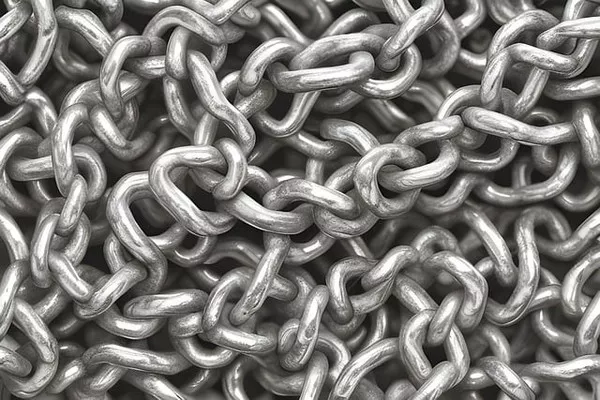Silver, known for its timeless beauty and value, has been used for centuries to craft jewelry, utensils, coins, and various decorative items. As a valuable and sought-after metal, it’s essential to be able to differentiate between genuine silver and imitations or low-quality substitutes. Whether you’re an avid collector, an investor, or simply a consumer looking to make informed purchases, understanding how to identify real silver is paramount. In this article, we will delve into the key characteristics and methods to distinguish genuine silver from its counterfeits.
1. Understanding Silver Purity
One of the fundamental aspects of determining the authenticity of silver is assessing its purity. Pure silver, also referred to as fine silver, is incredibly soft and malleable, making it unsuitable for most practical applications. Therefore, it is commonly alloyed with other metals to enhance its strength and durability. Sterling silver, for instance, consists of 92.5% silver and 7.5% of other metals, often copper. The purity of silver is typically indicated by a hallmark, a small stamp or engraving on the item, denoting its composition. For example, “925” signifies sterling silver.
2. Examining Hallmarks and Stamps
Hallmarks serve as a reliable indicator of silver authenticity and quality. These marks are typically found on the underside of jewelry, flatware, and silverware. In the case of jewelry, they may be located on clasps or other inconspicuous areas. Hallmarks not only indicate the purity of the silver but can also reveal the origin and date of the piece. Familiarizing yourself with common hallmarks, often denoted by symbols, letters, or numbers, can greatly assist in identifying authentic silver items.
3. Conducting a Magnet Test
Silver is not magnetic, which sets it apart from many other metals. By using a strong magnet, you can easily determine whether an item is made of silver or another metal. If the item is drawn to the magnet, it is not genuine silver. Keep in mind that while this test can help rule out certain metals, it is not foolproof. Some counterfeit silver items are constructed using non-magnetic metals, so this test should be used in conjunction with other methods.
4. Performing the Ice Test
Another simple and effective method to discern the authenticity of silver involves the ice test. Real silver is an exceptional conductor of heat, and it quickly transfers heat away from its surface. To perform the test, place an ice cube on both the suspected silver item and a known genuine silver item. The ice cube on real silver will melt faster due to the metal’s excellent heat-conducting properties.
5. Nitric Acid Test
For those who seek a more scientific approach, the nitric acid test is a reliable method to determine the purity of silver. However, this test is not recommended for beginners, as it involves the use of a corrosive substance. By applying a drop of nitric acid to a discrete part of the item, the reaction and resulting color can indicate the silver’s authenticity. If the acid produces a creamy white color, it indicates genuine silver. Other colors may suggest a lower silver content or the presence of other metals.
6. Tarnish and Patina
Authentic silver develops a natural patina or tarnish over time due to its reaction with air and sulfur compounds. While this might not be desirable for silver jewelry, it is a positive sign for antique silverware and collectibles. Counterfeit or plated silver often lacks this genuine tarnish and may exhibit a too-perfect shine.
7. Weight and Sound
Real silver is denser than many other metals, so a genuine silver item will typically feel heavier than a similar-sized item made of another material. Additionally, the sound produced by tapping or flicking a silver item can provide insights into its authenticity. Genuine silver tends to produce a clear, resonant sound, while plated or counterfeit items may sound duller.
8. Seek Professional Appraisal
If you’re dealing with high-value silver items or you’re uncertain about the authenticity of a piece, seeking the expertise of a professional appraiser or jeweler is a wise step. Experienced appraisers possess the knowledge and tools to accurately assess the authenticity, quality, and value of silver items.
Conclusion
The world of silver is rich with history, value, and aesthetic appeal. Being able to distinguish real silver from imitations or lower-quality alternatives is crucial for making informed purchasing decisions, protecting investments, and preserving the legacy of heirloom pieces. By understanding hallmarking, conducting simple tests, and, if necessary, seeking professional advice, you can confidently navigate the realm of silver with an informed perspective. Remember, the quest for genuine silver is not just a pursuit of material value; it’s a journey that connects you with the craftsman


